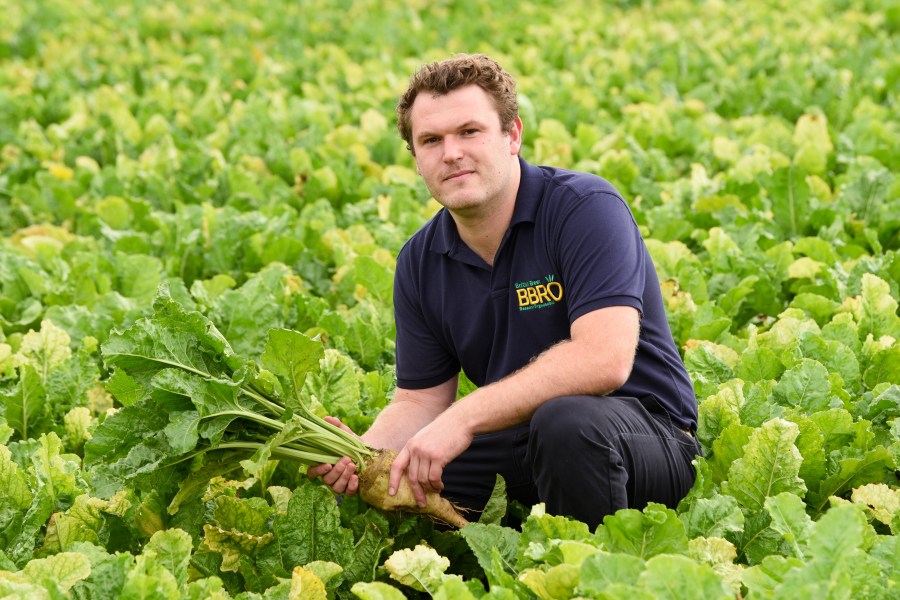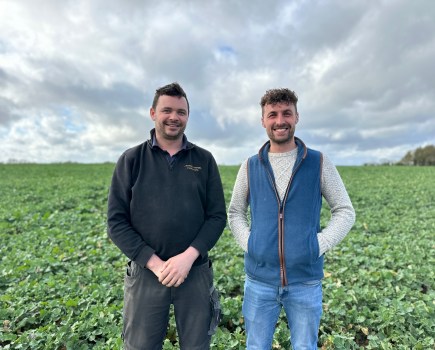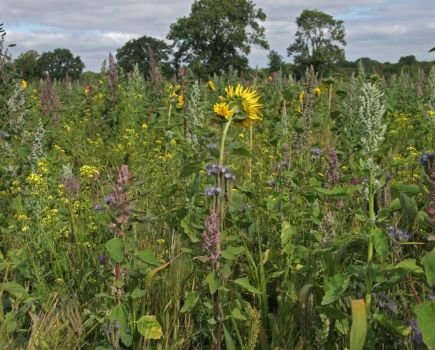Growers have a selection of new sugar beet varieties to choose from including a greater range of options with specialty traits.
The number of varieties increases to 23 in 2026, with the addition of the following:
1. Antler (SV)
2. Gadwall (SV)
3. Hoopoe (SV) – BCN
4. Aslan (HH)
5. Generosa (KWS) – VY claim
6. Smart Nelda (KWS) – BCN & ALS
New additions
SESVanderHave introduces both Antler and Gadwall to the UK offering as high yielding conventional varieties, along with Hoopoe which bolsters the BCN portfolio of genetics; all three varieties qualify for early drilling, says Stephen Aldis, BBRO head of field operations.
Hilleshög makes a return to the RL list with the entry Aslan which is another high yielding conventional variety suitable for early drilling.
Stephen adds that the first new addition from KWS for 2026 is Generosa which joins Marushca as the breeder’s second virus tolerant variety. “This provides an improvement in yield performance over Marushca and is a further step towards decreasing the impact of virus yellows.”
As a first for the RL list, KWS has added the trait combination of BCN and ALS resistance in a variety – Smart Nelda, which will be a welcome addition for those growers looking to use ALS technology with a known BCN problem, says Stephen.
Stube brought ST-Tweed to the RL list in 2025 as a conventional variety, however, Tweed now becomes an SY2, with the addition of a virus yellows trait claim. “As with previous years, all trait claims are based on external data sources beyond the RL trials. This is assessed by the expert panel for robustness and then approved by the Crop Committee,” explains Stephen.
Trial challenges
While 2024 was favourable for sugar beet growing, heavy rain showers throughout the spring proved challenging for trial establishment. “While seedbed conditions were often exceptional, heavy rainfall events post drilling led to reduced establishment. Switching one of the RL untreated trials to treated, to ensure sufficient harvest for the main table, resulted in only one untreated trial going to yield,” highlights Stephen.
He adds that this is why the untreated table has limited data for Year 1 varieties, and as such, the data should be treated with caution until more information is gained in subsequent years.
The future
2027 will see bigger visual changes to the RL tables with a move from genetic to product testing, however, the table continues to evolve to accommodate new varieties, traits and deliver as much information as possible to assist with the selection of all varieties, continues Stephen.
“It should be noted that many differences between individual varieties are small and not statistically significant and should be treated with caution. Upon request, and to make navigating the tables as easy as possible, yield performance alone now ranks the varieties from left to right.”
He says all growers and advisors will have been frequently reminded of the importance of the ‘X’ on the RL table, with early-sown bolter trials providing data to not drill certain varieties before mid-March to mitigate the risk of bolting. For 2026, a purple ‘X’ can now be seen, this recommendation is from the breeder and doesn’t relate to bolter numbers – the advice relates to Smart varieties only and reflects the stewardship advice for ALS technology.




